Cooking beans can be a delightful culinary experience, offering a nutritious and versatile ingredient for various dishes. Whether you’re preparing black beans for a hearty salad, kidney beans for a classic chili, or lentils for a comforting soup, mastering the art of cooking beans to perfection is crucial. One of the most fundamental aspects of this process is knowing precisely when the beans are fully cooked. This guide will delve into various methods and indicators to help you determine if your beans are cooked to perfection.
Understanding Bean Cooking Basics
Before diving into the specifics of how to check if beans are cooked, it’s essential to understand the basic principles of cooking beans. Beans are legumes that contain starch and natural sugars. When cooked properly, they become tender, allowing for better digestion and enhanced flavor. Improperly cooked beans can be hard, crunchy, or even cause digestive discomfort.
Beans come in various types, each with its own cooking time and texture. Common beans include black beans, kidney beans, chickpeas, lentils, and white beans. The cooking time for beans can range from 20 minutes for lentils to several hours for larger beans like kidney beans, depending on whether you’re using soaked or dried beans and the cooking method (stovetop, pressure cooker, or slow cooker).
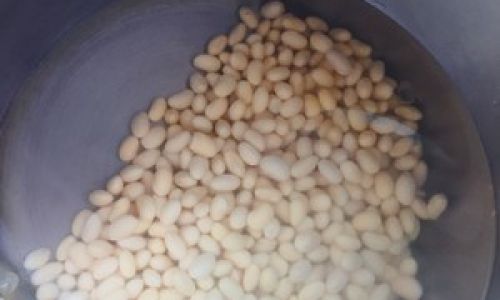
Pre-Soaking: A Vital Step
One of the most effective ways to reduce cooking time and improve the texture of beans is to soak them before cooking. Soaking helps to soften the beans, making them more susceptible to heat and reducing the cooking time. There are two primary soaking methods:
- Overnight Soaking: Place the beans in a large bowl or pot, cover them with water (at least 2 inches above the beans), and let them soak in the refrigerator overnight.
- Quick Soak Method: Cover the beans with water, bring them to a boil for 2-3 minutes, then remove from heat and let them soak for 1-2 hours.
After soaking, drain and rinse the beans thoroughly before cooking.
Visual Indicators of Doneness
One of the most straightforward ways to check if beans are cooked is by observing their appearance. Here are some visual cues to look for:
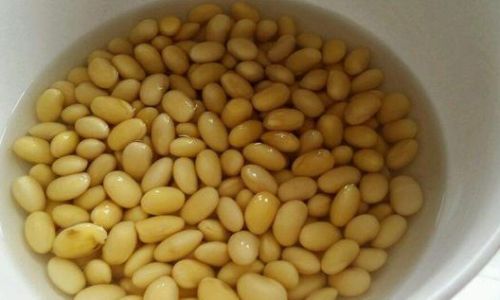
- Color Change: Cooked beans will have a deeper, more vibrant color compared to their raw state. For example, raw black beans will darken and become more glossy when cooked.
- Size and Shape: Cooked beans will typically swell in size and may lose some of their angular shapes, becoming more rounded and plump.
- Skin Integrity: The skin of the beans should remain intact but should not be overly tight or shiny. Overcooked beans might have wrinkled or burst skins.
Texture: The Gold Standard
While visual cues are helpful, the most reliable indicator of doneness is the texture of the beans. Here’s how to assess it:
- Tenderness: A cooked bean should be tender to the bite. When you bite into a bean, it should give easily without resistance and should not have a crunchy center.
- Mashing Test: Take a few beans out of the pot and mash them gently between your fingers or with a fork. Fully cooked beans will mash easily into a smooth paste. If they remain firm or crumbly, they need more cooking.
- Chewing: Taste a bean by chewing it thoroughly. A cooked bean will feel soft and creamy in your mouth, with no hard spots.
Time and Temperature
While texture and appearance are critical, knowing the approximate cooking time for your specific type of bean can also be a useful guide. Here are some general cooking times for various beans:
- Lentils: 20-30 minutes
- Black Beans: 1-1.5 hours (soaked), 4-6 hours (unsoaked)
- Kidney Beans: 1.5-2 hours (soaked), 4-8 hours (unsoaked)
- Chickpeas: 1-2 hours (soaked), 4-8 hours (unsoaked)
- White Beans: 1-1.5 hours (soaked), 4-6 hours (unsoaked)
It’s important to note that these times can vary depending on your altitude, the hardness of your water, and the specific variety of bean. Always start checking for doneness before the maximum time indicated, as overcooking can turn beans into a mushy mess.
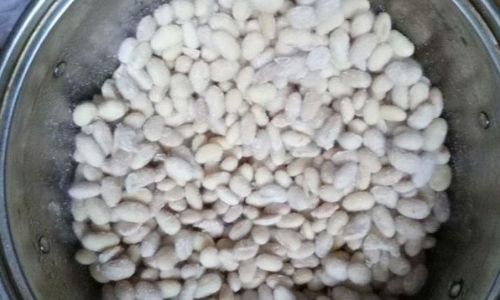
Using a Pressure Cooker or Slow Cooker
Modern cooking appliances like pressure cookers and slow cookers have made cooking beans even more convenient. Both appliances have settings and indicators that can help you determine doneness:
- Pressure Cooker: Most modern pressure cookers have a “bean” or “stew” setting that automatically adjusts the cooking time based on the quantity and type of beans. Once the cooking cycle is complete, let the pressure release naturally for best results. The beans should be tender and cooked through.
- Slow Cooker: Slow cookers are excellent for beans because they cook low and slow, allowing the beans to absorb flavors and become tender. Cook on the low setting for 6-8 hours (soaked beans) or 8-10 hours (unsoaked beans). Check for doneness by tasting and testing the texture periodically.
Avoiding Common Pitfalls
Cooking beans can sometimes present challenges, but avoiding these common pitfalls will help ensure success:
- Adding Salt Too Early: Salt can toughen the skins of beans, so it’s best to add it towards the end of the cooking process.
- Using Hard Water: Hard water can prolong cooking time and affect the texture of beans. If you suspect your water is hard, consider using bottled water or adding a pinch of baking soda to soften it.
- Overcooking: Once beans are cooked, they can quickly turn to mush if left on the heat too long. Always check for doneness early and remove from heat once they are tender.
Final Thoughts
Cooking beans to perfection is an art that combines understanding, patience, and attention to detail. By observing visual cues, testing texture, and using appropriate cooking methods, you can ensure that your beans are tender, flavorful, and ready to be incorporated into your favorite dishes. Whether you’re a seasoned chef or a home cook just starting out, mastering the art of cooking beans will enhance your culinary repertoire and provide a nutritious foundation for countless meals.
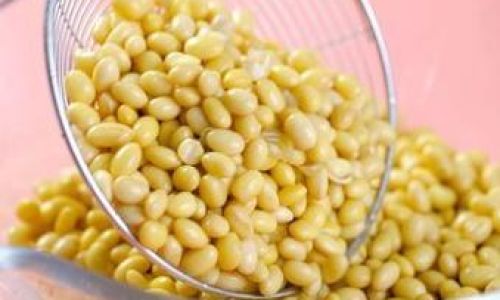
In conclusion, determining if beans are cooked perfectly involves a combination of visual inspection, texture testing, and understanding the specific cooking requirements of different bean types. With practice and attention to detail, you’ll soon be able to cook beans to perfection, transforming them into a delicious and satisfying addition to your meals. Happy cooking!
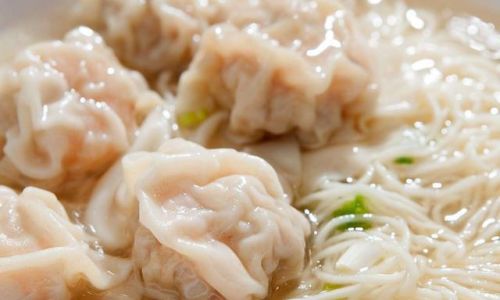

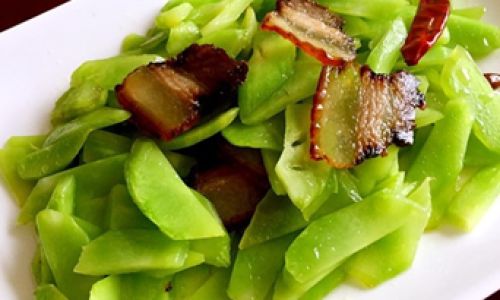
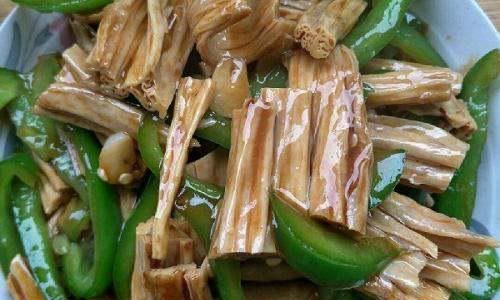
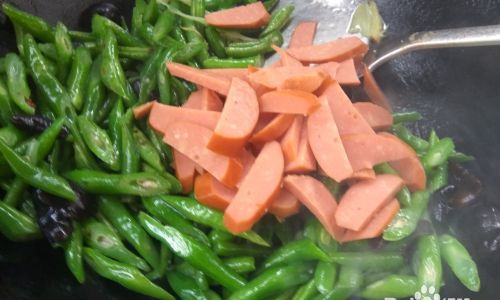
0 comments